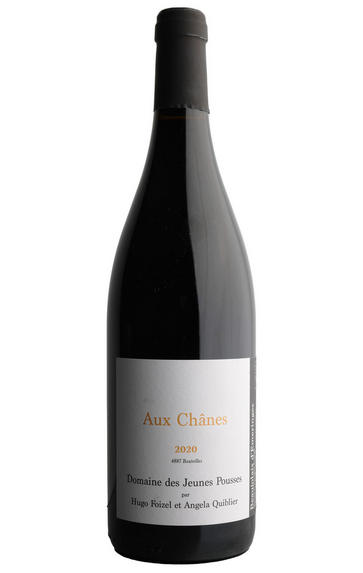
2020 Beaujolais-Villages, Aux Chânes, Domaine des Jeunes Pousses
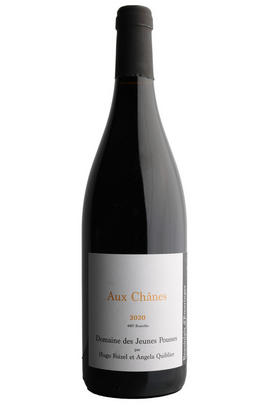
Critics reviews
Mid crimson. Really exciting nose with layers of interest. Dry finish with quite a bit of ripe tannin. Serious wine. Impressive!
Drink 2023 - 2029
Jancis Robinson MW, JancisRobinson.com (June 2022)
About this WINE
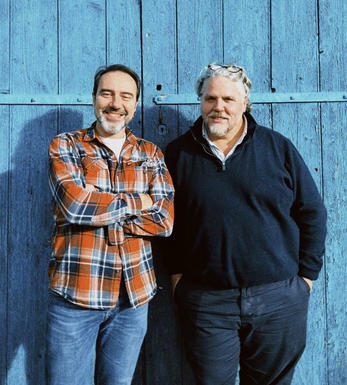
Domaine des Jeunes Pousses
Domaine des Jeunes Pousses, which translates to “young shoots,” was established by Thibault Liger-Belair, a renowned winegrower from the Côte de Nuits region in Burgundy. The estate was conceived with the ambition of serving as a vocational vineyard for young winegrowers before they venture out on their own. It provides a valuable learning experience for those aspiring to become autonomous producers.
In recent years, the winery has been entrusted to Angela Quiblier and Hugo Foizel, two dynamic young oenologists. Since 2019, they have taken charge of developing and maintaining the domain, producing their own wines, and gaining insights into the art of winemaking.
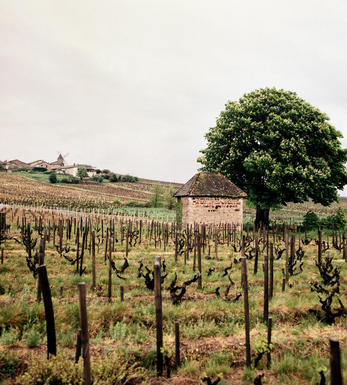
Beaujolais
The Beaujolais region occupies 22,000ha between Mâcon and Lyon, and spans 34 miles from north to south. Around 70 million litres of Beaujolais are produced each year, or two-and-a-half times the entire red and white wine production of the rest of Burgundy put together. More than half of this is sold as Beaujolais Nouveau, and released on the third Thursday of November following each harvest.
Beaujolais is almost exclusively planted with the Gamay grape, and produces mostly red wines. A small amount of white Beaujolais is produced from Chardonnay (or Aligoté) while a handful of Beaujolais rosés can also be found.
It is one of life's injustices that this beautiful wine region is forever associated in most people's minds with Beaujolais Nouveau, a thin and dilute wine that has more to do with marketing than actual substance. However, there is an Aladdin's trove of gloriously satisfying wines to be found amongst the 10 named village crus that form the spiritual home of the fresh, fruity Gamay grape.
From north to south, St Amour, Juliénas, Moulin-à-Vent, Chénas, Fleurie, Chiroubles, Morgon, Régnié (a cru since 1988), Brouilly, and Côte de Brouilly are situated along the 15-mile strip of granite hills to the north of the region. They range from light, lively, and fragrant to rich and velvety. While most Beaujolais should be drunk as soon as possible, the crus are infinitely more concentrated and have much more personality. They can be kept for up to 10 years, at which age the best examples resemble mature Pinot Noir.
At its best, simple Beaujolais is fruity and eminently drinkable, especially when lightly-chilled in summer. Most Beaujolais displays a pear-drop edge to its soft red fruit, and often notes of banana and bubble gum too. These traits come largely from the vinification method (semi-carbonic maceration) rather than the Gamay grape itself, where a swift fermentation highlights the aromatics and fruit, while minimizing the tannins. Amongst the top crus, however, there has been a return to more traditional Burgundian vinification methods, and even oak ageing.
There are five classifications of Beaujolais: Beaujolais Nouveau, Beaujolais, Beaujolais Supérieur, Beaujolais Villages, and the 10 Beaujolais crus. As with the rest of Burgundy, the producer's name on the bottle is often the most important factor.
Recommended producers: Michel Chignard, Jean-Claude Desvignes, Olivier Merlin, Alain Michaud.
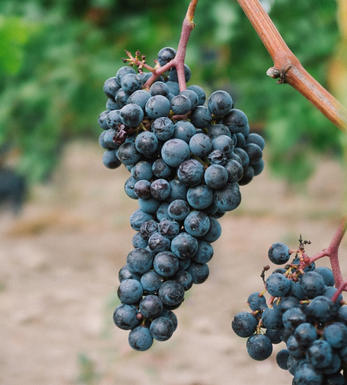
Gamay
A French variety planted predominately in Beaujolais where it is the grape behind everything from light and often acidic Beaujolais Nouveau through to the more serious and well-structured wines from the 10 cru villages. It takes its name from a hamlet just outside Chassagne-Montrachet and was at one stage widely planted on the Côte d`Or. However it was gradually phased out due to its poor yield and supposed poor quality of its wines.
The majority of Gamay wines in Beaujolais are labelled as Beaujolais or Beaujolais-Villages and are deliciously juicy, easy drinking, gulpable wines. Of more interest are the Cru wines from the 10 villages in the north of the region where the soil is predominantly granitic schist and where the vines are planted on gently undulating slopes. These can be well-structured, intensely perfumed wines, redolent of ripe black fruits and, while delicious young, will reward medium term cellaring.
Gamay is also grown in the Touraine region of the Loire where it produces soft, well-balanced, gluggable wines for drinking young.


Buying options
Add to wishlist
Description
The wine comes from 50-year-old vines in the hills above Julienas, France. A medium-bodied red, the 2020 vintage features ripe tannins and is a serious and impressive wine to add to the rack.
Best Wine Deals, The Independent (January 2024)
2020 is the first vintage made by Hugo Foizel and Angela Quiblier, custodians of Thibault Liger-Belair’s “incubator” for aspiring vignerons. Aux Chânes is the finest, most elegant cuvée of this exciting project. Fruit is sourced from 50-year-old vines, planted on cool granite hills above Julienas. This altitude results in a wine of wonderful elegance and freshness. The nose offers an explosion of rose petal, raspberry coulis and saline touches. The palate is delightfully pure, with bright summer fruits and a refreshing, mouthwatering finish.
Drink now - 2028
Adam Bruntlett, Senior Buyer, Berry Bros. & Rudd (April 2022)
wine at a glance
Delivery and quality guarantee